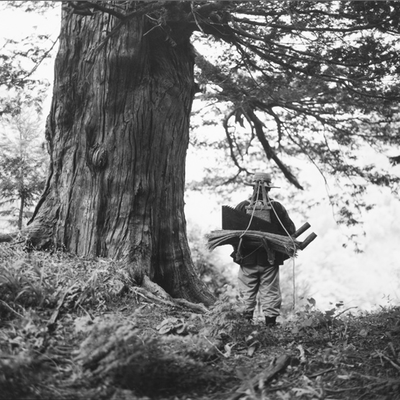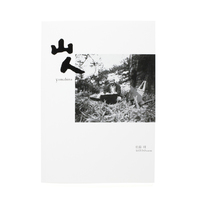佐藤理「山人」
“..the prayer walls are ancient,
and no-one has added a newstone in many years.
For this is the Kali Yuga, the Dark Age,
whenall the great faiths of mankind are on the wane.”
ーPeter Matthiessen “The Snow Leopard”
As a conscientious salariman working in a printing company in 1970s Japan, Osamu Sato got one day's holiday a week. On thatprecious day, while many of his colleagues would have beensleeping off the exhaustion of the week, Sato would take an earlymorning train and a local bus up into the mountains of Gunma.
Carrying a large format camera and a day's supply of film pre-loaded into cartridges he would trek up the mountain tracks.By the 1970s the villages of the Gunma mountains were alreadydepopulating. If Sato could get there for a day trip takingphotographs, young people would not long resist the lure of aneasier life in Tokyo.
Yet the old ways of life continued to be recorded by Sato on hisvisits. Much of the hard labour in the fields is done by the wives.Vegetables are harvested and prepared for drying. The winters aresevere and long so a good stock of food and fuel must be driedand preserved. One of the last remaining hunters proudly showsoff his tanuki, fox and marten pelts. He also keeps bees, vigilantlyscaring off the aggressive Japanese Giant Hornets (大雀蜂, Vespamandarinia japonica) that frequently raid the honey bee hives.
Prize possessions are the ancient stone phalluses that are dug upfrom time to time. Sato encounters a man carrying a great stoneon his back. He cannot put down the stone because of its weightand rests by propping it up behind him with a stout stick. He hasbrought the stone across the mountains to his home in the valleyto set on his son's grave.
These mountain people know both hardship and the richness ofthe lives they have led and appear content to be part of thisinvaluable record of a disappearing way of life.
Sato uses a large format camera. From the 8”x10” negative heprints a contact print of superb quality. To make larger prints heuses his own home-made enlarger. Not only has he made aprecious record but has done so as a true craftsman, andproduced a great document of rural life.
-
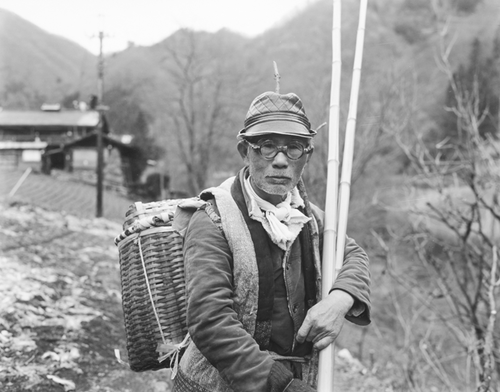 Osamu Sato "Yamabito" ©Osamu Sato
Osamu Sato "Yamabito" ©Osamu Sato -
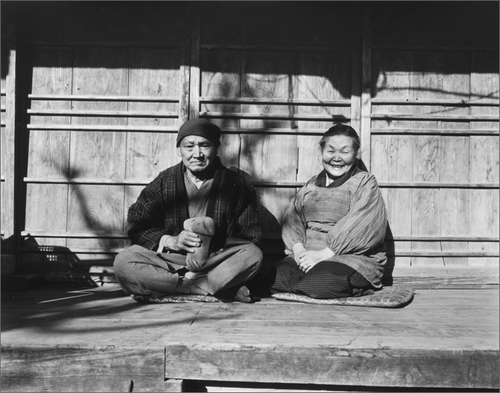 Osamu Sato "Yamabito" ©Osamu Sato
Osamu Sato "Yamabito" ©Osamu Sato -
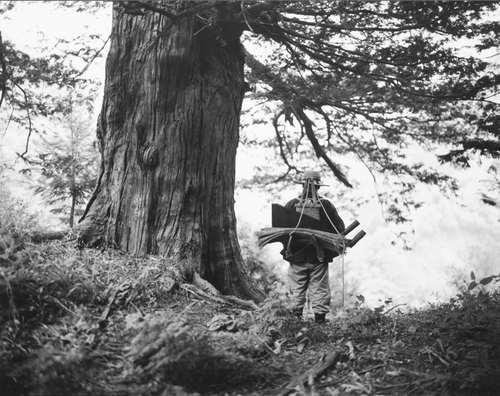 Osamu Sato "Yamabito" ©Osamu Sato
Osamu Sato "Yamabito" ©Osamu Sato
